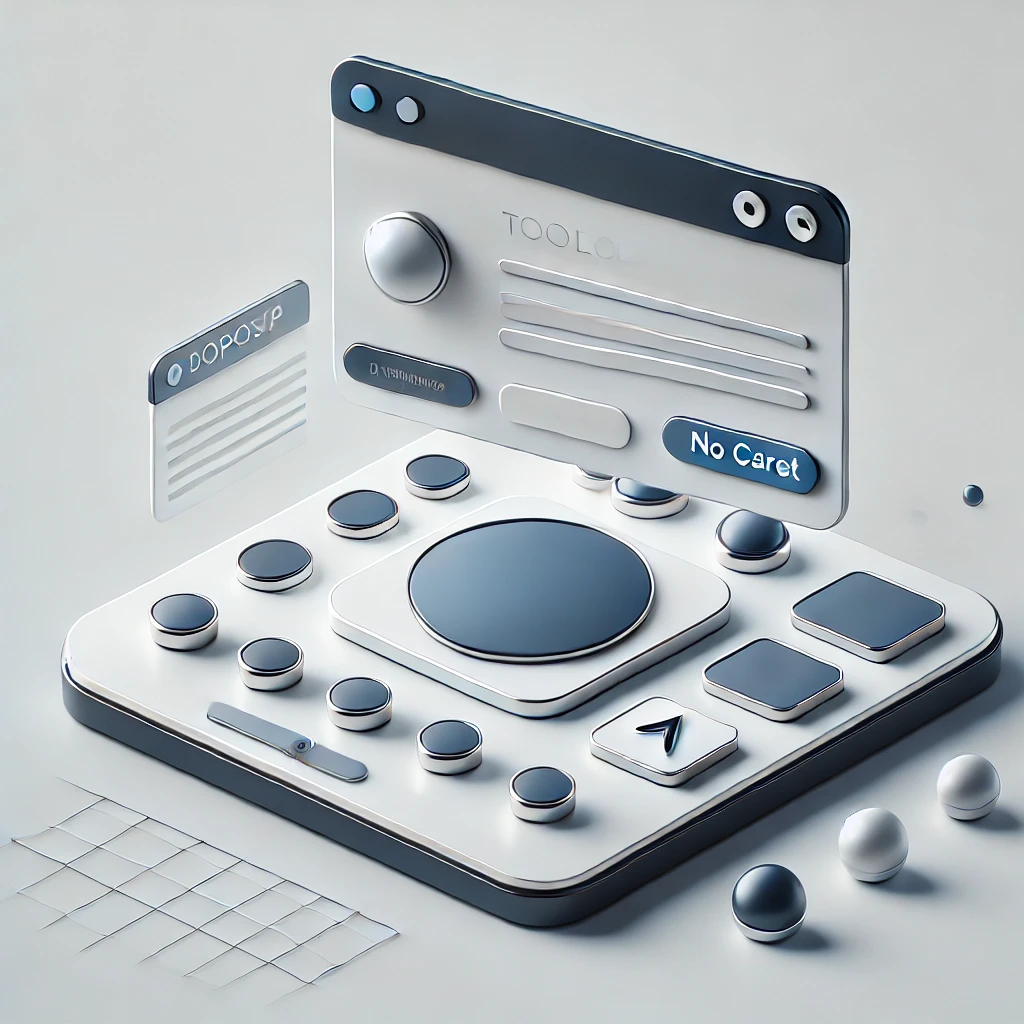Getting Rid of the Caret on get rid of caret on popover primevue: A Guide
If you’re here, it’s probably because you’ve had enough of the caret on get rid of caret on popover primevue
Maybe you love the sleek look of your app’s interface, but that little triangle just throws things off. The question is, can you get rid of it without hassle?
Yes, you can! Let’s walk through some practical ways to remove the caret from get rid of caret on popover primevue and make your UI cleaner and sharper.
Why Remove the Caret on Popover in PrimeVue?
Before we jump into how to get rid of it, let’s think about the why.
The caret, or that little triangle, is there to point users to the origin of the popover. But for a lot of designs, it just doesn’t fit. It can be distracting, pulling focus from your app’s overall look, especially when you want a minimal, modern feel.
Plus, in cases where the popover sits close to other elements, that caret can overlap and create visual clutter.
So, if you’re looking to get rid of the caret on get rid of caret on popover primevue let’s dig into the steps.
How to Get Rid of the Caret on Popover in PrimeVue
Ready to make that caret disappear? Here are three solid methods that can help you remove it, starting with the simplest approach.
CSS: The Quick Fix to Hide the Caret
CSS is the go-to tool for making style adjustments, and for many PrimeVue components, you can easily override default styles.
To remove the caret:
- Inspect the popover element: Use your browser’s developer tools (right-click > Inspect) to locate the caret in the DOM structure. It’s usually called
.p-popover-arrow. - Add custom CSS: In your app’s CSS file, add a rule that targets this element and hides it.
Here’s the code you need:get rid of caret on popover primevue
This quick CSS tweak should do the trick for most cases.
Using JavaScript for More Control
In some cases, CSS alone might not be enough, especially if the caret is added dynamically. This is where JavaScript comes in handy.
Try this snippet within your component:get rid of caret on popover primevue
This will look for the caret after the component mounts and hide it if it’s there. JavaScript offers flexibility and is especially useful for more complex dynamic setups.
Clone and Customize the Popover Component
If CSS and JavaScript aren’t cutting it, consider a more advanced approach. PrimeVue is an open-source library, so you can clone the popover component’s source code and modify it directly to remove the caret.
- Clone the popover component from PrimeVue’s GitHub repository.
- Edit the code to remove the caret, ensuring it’s not rendered at all.
This option takes more effort but can be a reliable way to get rid of the caret if it’s causing major issues.
Real-World Example: Hiding the Caret on a ToolTip Popover
Let’s look at an example of how developers use these techniques in real-world scenarios.
Imagine you’re designing a dashboard where users click on an info icon to reveal more information. The caret on the popover is too close to other buttons, overlapping slightly. Using the get rid of caret on popover primevue method, you hide it quickly and clean up the design.
Another example: If you’re building an app with a dark theme, the caret might stand out in a way that clashes with your color scheme. Again, hiding it withget rid of caret on popover primevue or JavaScript can help create a smoother design that’s easier on the eyes.
Frequently Asked Questions (FAQs)
Why does PrimeVue include a caret on the get rid of caret on popover primevue by default?
PrimeVue includes the caret to show users the source of theget rid of caret on popover primevue It’s a way to visually anchor the popover to the element that triggers it.
Does hiding the caret impact usability?
In most cases, no. The caret is mainly a visual aid. If your popover design is clear enough, users will still understand where the popover came from without the need for the caret.
Can PrimeVue updates undo my customization?
It’s possible. If PrimeVue updates the internal structure of the popover, you may need to revisit your CSS or JavaScript code. Staying up to date with PrimeVue’s release notes can help you stay ahead of these changes.
Is it better to use CSS or JavaScript to hide the caret?
CSS is generally simpler and more efficient for this purpose. JavaScript should only be used if CSS isn’t enough to handle the change, such as in cases with dynamically generated elements.

Tips for a Sleeker Popover Design Without the Caret
Here are a few tips to ensure your popovers look clean and professional after hiding the caret:
- Check for overlapping elements: Hiding the caret can sometimes make popovers appear a bit off if they’re too close to other components.
- Use a slight shadow: Adding a small shadow to the popover can help it stand out even without the caret, maintaining clarity.
- Test across screen sizes: Make sure your caret-free popovers look good on both desktop and mobile, as positioning can shift on smaller screens.
- Organize your custom styles: Keep all PrimeVue customizations in one CSS file for easy maintenance.
Final Thoughts: Get Rid of Caret on Popover PrimeVue for a Cleaner UI
Removing the caret on popover PrimeVue doesn’t have to be a hassle. With CSS, JavaScript, and a bit of creative thinking, you can achieve the exact look you want for your app.
By tweaking your popovers to match your design vision, you make the user experience smoother, clearer, and more in line with your brand’s aesthetics.
So, if that caret’s bugging you, try out these tips and see the difference a small change can make.
And if you ever need to revert, PrimeVue’s flexibility makes it easy to switch things back.
Get rid of the caret on popover PrimeVue, and bring your app’s design up a notch.














Post Comment